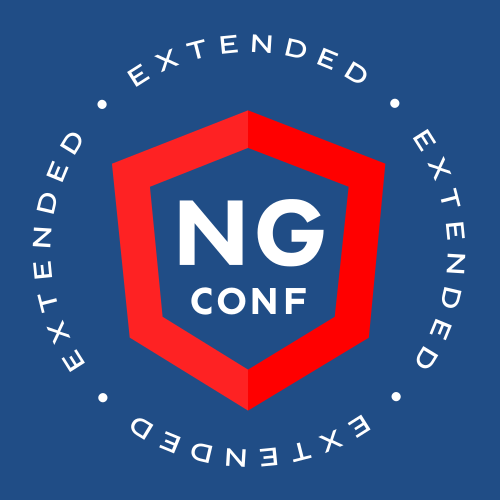Practical ways to remove watches in an Angular 1.5 application
There have been a lot of articles written on the performance risks of using too many watches in angular 1. Obviously, an application needs some kind of change detection, or it will be
There have been a lot of articles written on the performance risks of using too many watches in angular 1. Obviously, an application needs some kind of change detection, or it will be
By necessity, JavaScript code is becoming more and more asynchronous. If you have used NodeJS, you have definitely experienced this. Even front-end JavaScript code requires aync calls, both for web requests and, increasingly,
Basic transclusion is great for solving simple use cases, but sometimes you need more than a simple container. Advanced transclusion techniques can be very powerful, allowing you to essentially create your own templating
Transclusion fills an important role in angular, and yet it remains one of the most difficult to understand concepts in the framework. Many articles have been written to try to break down the

What is it? ng-conf [www.ng-conf.org] is the biggest AngularJS conference in the country. With the advent of Angular2, the way we develop for the web is about to change for good.

Ever since learning about NativeScript’s support for Angular 2 I’ve wanted a very simple, bare-bones tutorial on how to get it up and running. First off, I’m writing this under
What is destructuring? Destructuring is a new feature that was added to the spec for ES2015. It makes it possible to extract properties and elements from arrays and objects. let obj = { someProp: 1,
ReactiveX [http://reactivex.io/] is a library with support for many platforms and languages. It allows you to write reactive code using streams. What is a stream? A stream is a data source
This is a look at how to assemble a basic Angular 1 application using webpack [https://webpack.github.io/]. AngularJS [https://angularjs.org/] is a javascript front-end framework that makes it possible to